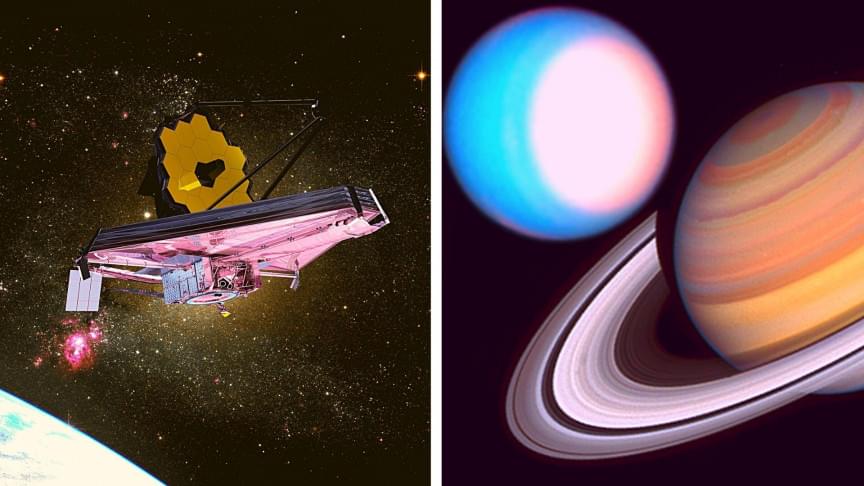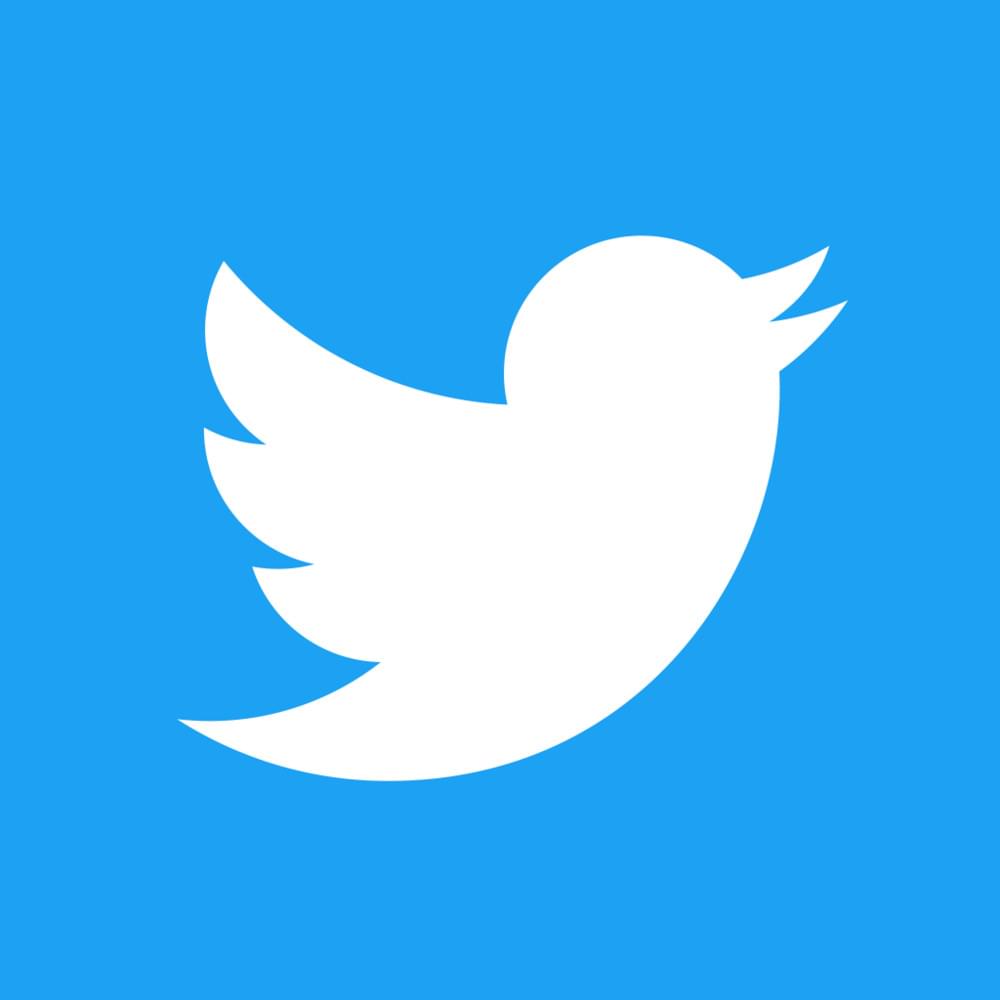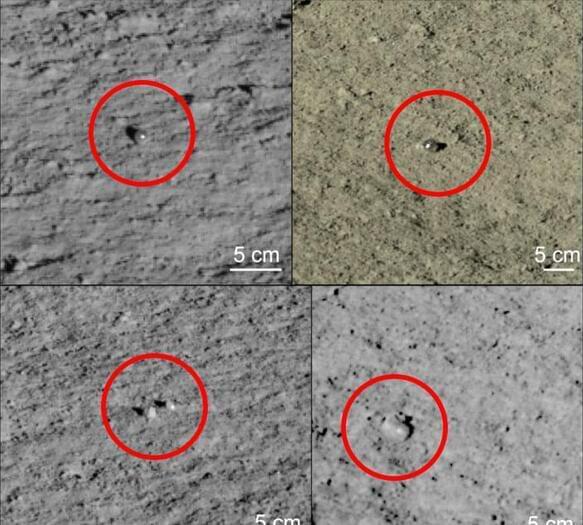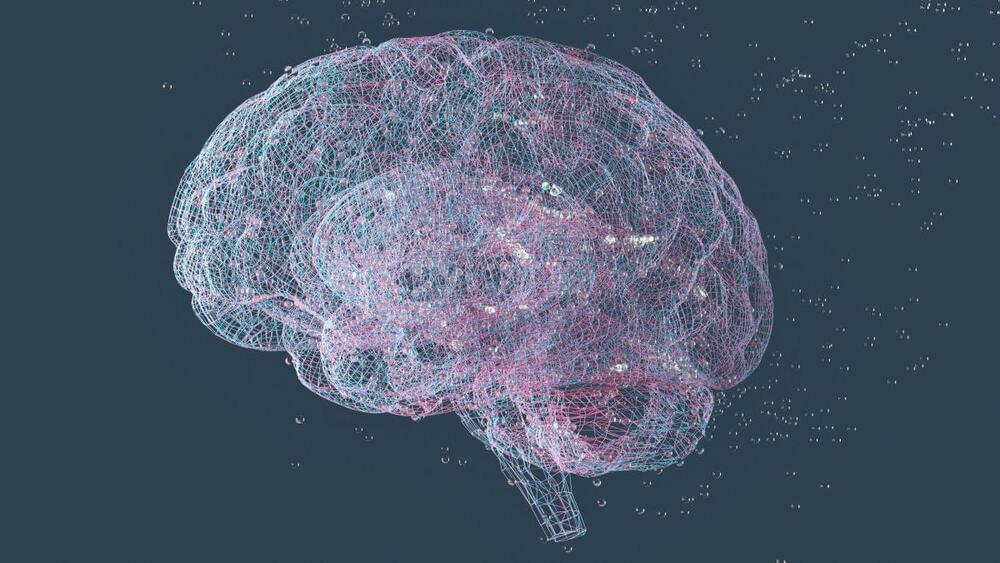The politics of Earth play out on the Moon, too.
China and Russia’s space agencies are planning a rival to NASA’s Lunar Gateway. Here’s what you need to know about their ambitions and timeline.



Second time’s the charm.
Orbital Flight Test-2 will test @BoeingSpace’s #Starliner spacecraft from launch to docking to return to Earth, providing data to prove it’s ready to fly astronauts. What you need to know: https://go.nasa.gov/3sNEGlI.
Watch starting at 6pm ET (22:00 UTC): https://go.nasa.gov/3NlzX2o
NASA’s James Webb Space Telescope is “fully deployed,” according to the agency’s science administrator Thomas Zurbuchen — and that’s certainly a reason to celebrate after decades of hard work and a ten billion dollar price tag.
But the massive space observatory isn’t out of the woods just yet. As it spins around the Sun in a chaotic orbit, it will likely encounter plenty of space debris along the way — and an impact, its team says, is likely inevitable.
“Some small impacts from micrometeorites will happen,” NASA Goddard Space Flight Center scientist Michelle Thaller said during a livestream over the weekend. “You know, over the lifetime of the mission there will be some damage to the mirrors of the telescope.”

Astronomers are flummoxed by a mysterious celestial object that appears to be releasing massive bursts of energy at regular 18 minute intervals.
Like a lighthouse, the beacon is sending out radiation three times an hour at such an intensity that it’s one of the brightest points in the sky — and, researchers say, it could turn out to be an entirely new class of celestial object.
A team, led by astrophysicist Natasha Hurley-Walker from the International Centre for Radio Astronomy Research, had a closer look at the object after it was discovered by Curtin University student Tyrone O’Doherty, who used the Murchison Widefield Array (MWA) telescope in outback Western Australia.

Probs just an exterrestial’s ear ring or something 🤔
China’s Yutu-2 rover just won’t stop making — or at least claiming – weird discoveries on the Moon. Case in point, Chinese space authorities now say it’s found several mysterious glass spheres found on the far side of the lunar surface.
The team behind the discovery published a paper about the findings in the journal Science Bulletin, in which they describe the objects as “translucent glass globules.”
The spheres are roughly a centimeter in diameter, they say, and were spotted in images taken by the panorama camera on the Yutu-2 rover on the dark side of the Moon.
In 2019, U.K.-based aerospace company Orbex wowed the world with its plans to develop the largest 3D-printed rocket in the world, one that would be sustainable and environmentally friendly, being powered by ultra-low-carbon biofuel. Now we’re being presented with the first full-scale prototype of the Primex orbital space rocket proudly sitting on its dedicated launch pad.

The findings could have implications for long-duration space missions.
The researchers found that the total PVS volume of novice astronauts increased after their trips to space. The PVS of experienced astronauts, by contrast, did not show this growth — in fact, their total PVS volume actually decreased. This may indicate that their brains “reached some kind of homeostasis,” Piantino said in a statement. In other words, their brains may have adjusted more to microgravity after previous spaceflight.
In fact, the researchers found that the total PVS volume of experienced astronauts before their current flight tended to be higher, and that this baseline volume correlated with previous amount of time spent in space. Though neither of these trends were statistically significant, meaning they could have happened by chance, they fit with previous research suggesting that changes in the brains of astronauts depend on the total time spent in space and the frequency of space missions.
Although PVS volume gradually increases as people age, the members of the Earth-based control group did not experience the kind of PVS changes that the novice astronauts showed. The PVS are part of the glymphatic system, which clears out waste from the brain, mostly during sleep. Other health conditions — such as dementia and hydrocephalus, or the buildup of too much fluid in the brain’s ventricles — can affect these spaces. The results of the new study may help to address the effects on these brain structures that result from health conditions on Earth.


A team of NASA scientists has spotted strange flashes of light known as “transient luminous events” (TLEs) in the upper atmosphere of Jupiter.
Events like these have never been observed on another world until now — though here on Earth, scientists have observed similar flashes of light that occur far above lightning storms here on Earth, triggered by discharges of electricity in the upper atmosphere.
For a while, astronomers have theorized their existence in Jupiter’s massive, turbulent atmosphere. Thanks to new data collected by the ultraviolet spectrograph instrument (UVS) attached to NASA’s Juno spacecraft, a small space probe that’s been orbiting the gas giant since 2016, the team was finally able to confirm their presence, as detailed in a new paper published in the Journal of Geophysical Research: Planets.